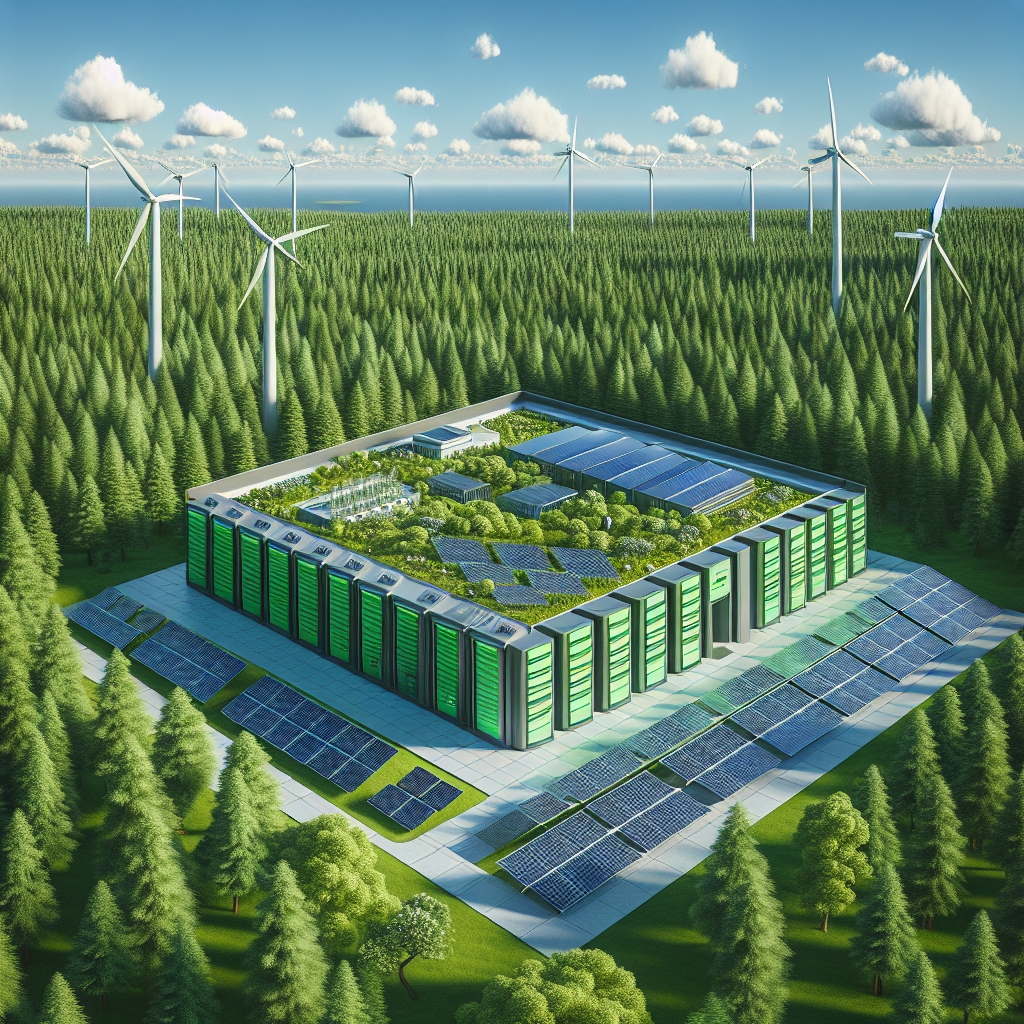Your cart is currently empty!
Achieving Carbon Neutrality: The Path to Sustainable Data Centers

In recent years, there has been a growing emphasis on achieving carbon neutrality in all aspects of our lives, including in the operation of data centers. Data centers are essential facilities that house servers, storage devices, and networking equipment that enable the storage, processing, and distribution of vast amounts of digital information. However, the energy required to power and cool these facilities can have a significant environmental impact, contributing to greenhouse gas emissions and climate change.
Achieving carbon neutrality in data centers involves reducing their carbon footprint through a combination of energy efficiency measures, renewable energy sourcing, and carbon offsetting. By implementing sustainable practices, data center operators can minimize their environmental impact and contribute to a more sustainable future.
One of the key strategies for achieving carbon neutrality in data centers is improving energy efficiency. This can involve upgrading equipment, optimizing cooling systems, and implementing best practices for energy management. By reducing energy consumption, data centers can lower their carbon emissions and operating costs.
Another important component of achieving carbon neutrality in data centers is sourcing renewable energy. By investing in renewable energy sources such as solar, wind, or hydroelectric power, data centers can reduce their reliance on fossil fuels and lower their carbon footprint. Many data center operators are also exploring options for purchasing renewable energy credits or entering into power purchase agreements with renewable energy providers to support the transition to clean energy.
In addition to energy efficiency and renewable energy sourcing, data center operators can also offset their remaining carbon emissions through carbon offsetting projects. These projects involve investing in initiatives that reduce or remove greenhouse gas emissions from the atmosphere, such as reforestation, methane capture, or renewable energy projects. By supporting these projects, data centers can balance out their carbon emissions and work towards achieving carbon neutrality.
Overall, achieving carbon neutrality in data centers is a complex and ongoing process that requires commitment, investment, and collaboration. However, the benefits of transitioning to sustainable practices are clear – not only can data centers reduce their environmental impact and contribute to a more sustainable future, but they can also improve their operational efficiency, reduce costs, and enhance their reputation as responsible corporate citizens.
As the demand for data centers continues to grow, it is essential that operators prioritize sustainability and work towards achieving carbon neutrality. By taking proactive steps to improve energy efficiency, source renewable energy, and offset carbon emissions, data centers can play a crucial role in building a more sustainable and resilient digital infrastructure for the future.

Leave a Reply